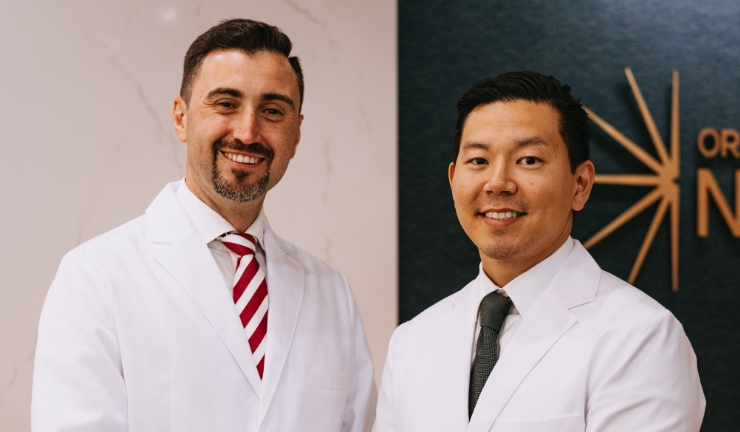Naperville patients with selected defects and deformities of the skull and jaw can be treated with a relatively new procedure known as Distraction Osteogenesis (DO). This method was discovered in 1903, but it wasn’t developed until the 1950s when a Russian orthopedic surgeon, Dr. Gabriel Ilizarov, discovered a way to correct arm and leg deformities using Distraction Osteogenesis.
In 1990, this method was first used to treat the oral and facial regions. Over time, technological and surgical advances have opened up more options for the correction of various deformities using this treatment.



